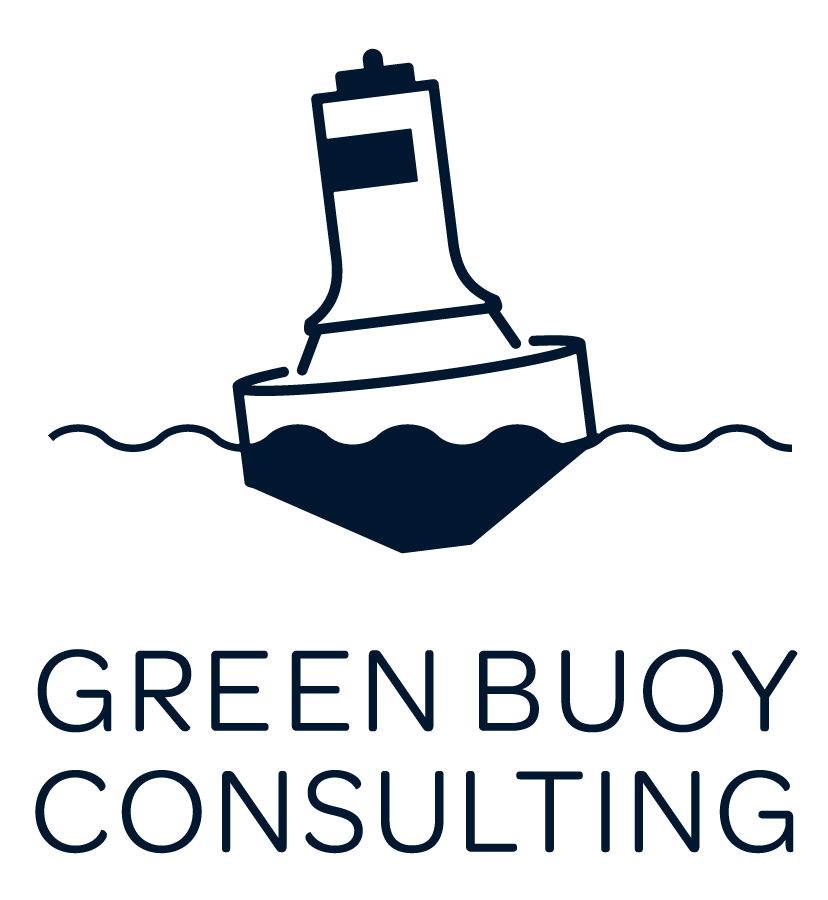Why Internal Buy-In is Crucial for Your Sustainability Policy Success
In B2B relationships where clients, employees, investors, and partners expect clarity on environmental and social issues, sustainability policies have become essential to how companies articulate their values and commitments. In the rush to publish a strong sustainability statement, many companies overlook a critical first step: internal alignment.
A sustainability policy risks becoming performative, impractical, or outdated without early buy-in from key teams like operations, finance, legal, and HR. Worse, it can damage credibility if external commitments don’t align with internal capabilities or priorities. Effective policies are clear, actionable and supported from the inside out. How should companies approach that?
This post outlines why internal alignment matters and offers practical strategies for engaging cross-functional teams before your sustainability policy ever hits a public page.
Why Internal Buy-In Matters
Sustainability requires coordination and communication. The execution almost always falls to departments beyond the sustainability team. Whether it’s targets for carbon reduction, supplier diversity, or improving labor practices.
Take these common examples:
Operations might need to shift vendors or redesign supply chains.
Finance will be asked to track new metrics and fund new initiatives.
Legal may ensure compliance with emerging ESG regulations or draft contract language.
HR often plays a role in equity, inclusion, and employee engagement initiatives.
If these teams haven’t been consulted or are caught off guard by a new policy, they may view sustainability as a burden rather than a shared objective. Early involvement builds ownership, identifies risks before they go public, and helps ensure the policy reflects operational reality.
Tactic #1: Start with a Listening Phase
Rather than drafting a policy in isolation, sustainability leads should begin with structured conversations. Meet with department heads to understand their priorities, constraints, and any work already being done under the ESG umbrella. A few guiding questions might include:
What sustainability-related work is your team already doing?
What challenges or barriers do you face in advancing that work?
Are there compliance requirements or industry standards you’re tracking?
What would help your team contribute more meaningfully to our sustainability goals?
This phase uncovers valuable context, demonstrates respect for each team’s expertise, and invites them into the process as co-creators rather than passive recipients.
Tactic #2: Co-Draft with Cross-Functional Input
Once you’ve gathered input, invite a small, representative group from across departments to weigh in on a draft policy. You might include leads from finance, operations, HR, legal, procurement, and marketing.
This working group doesn’t need to wordsmith every sentence, but they should review the substance of the policy, especially:
Metrics and targets (Do they align with current internal strategies? What do teams want to share publicly?)
Operational commitments (What are the associated timelines or teams?)
Legal implications (Are there risks or regulatory obligations to policy statements?)
Messaging tone (Does it align with company values and brand? How often will the statement need to be updated?)
Some companies frame this ask to their sustainability point person or internal sustainability task force. Others convene a temporary working group just for policy development. Either way, the goal is to ensure every major team sees themselves in the policy and feels confident explaining it to their staff and external stakeholders.
Tactic #3: Use Internal Workshops to Build Momentum
Beyond drafting, workshops are powerful tools for deepening understanding and surfacing fresh ideas. Consider hosting an interactive session that introduces the purpose of the sustainability policy, outlines key commitments, and invites open feedback.
Use breakout groups to prompt discussion around key themes, such as:
“How does this policy impact your team’s day-to-day work?”
“Where do we see opportunities to lead in sustainability?”
“What external stakeholders would be interested in this policy?”
These conversations often generate ideas for implementation, metrics, or even future goals, and they help employees feel personally connected to the policy’s success.
Tactic #4: Secure Leadership Endorsement Early and Often
Executive buy-in isn’t just about a quote in the policy preamble. Leadership should be actively involved in shaping and supporting sustainability commitments. That means:
Including sustainability as a standing topic in leadership meetings.
Asking each department leader to endorse the policy publicly.
Including the policy in company-wide communications from the CEO or COO.
When employees see that sustainability is championed at the highest levels and not just a side initiative, it’s more likely to be taken seriously throughout the organization.
Tactic #5: Align Policy with Existing Goals and Reporting Structures
A sustainability policy should align with existing strategic plans, KPIs, and reporting systems to make it stick. For example:
If your finance team already produces quarterly risk disclosures, integrate ESG metrics there.
If HR tracks employee engagement, link those efforts to social sustainability goals.
Explore overlaps with environmental targets if operations have a lean or efficiency initiative.
This integration prevents the policy from feeling like a standalone or siloed effort and makes it easier to embed sustainability into ongoing decision-making.
A Policy Everyone Can Stand Behind
When built collaboratively, a sustainability policy becomes more than a document—it becomes a shared commitment. It reflects the strengths, aspirations, and realities of your entire organization. Internal buy-in doesn’t just improve the policy's content; it sets the foundation for implementation, reporting, and long-term impact.
Sustainability professionals may be the stewards of the process, but true success requires the fingerprints of every team. So, before you publish, pause and make sure your internal ecosystem is aligned and ready to move forward together.
Don’t miss our other blogs












